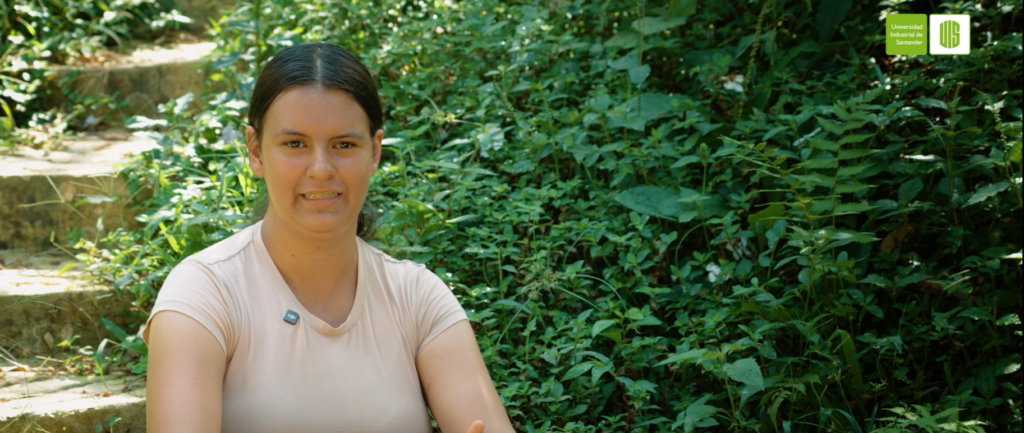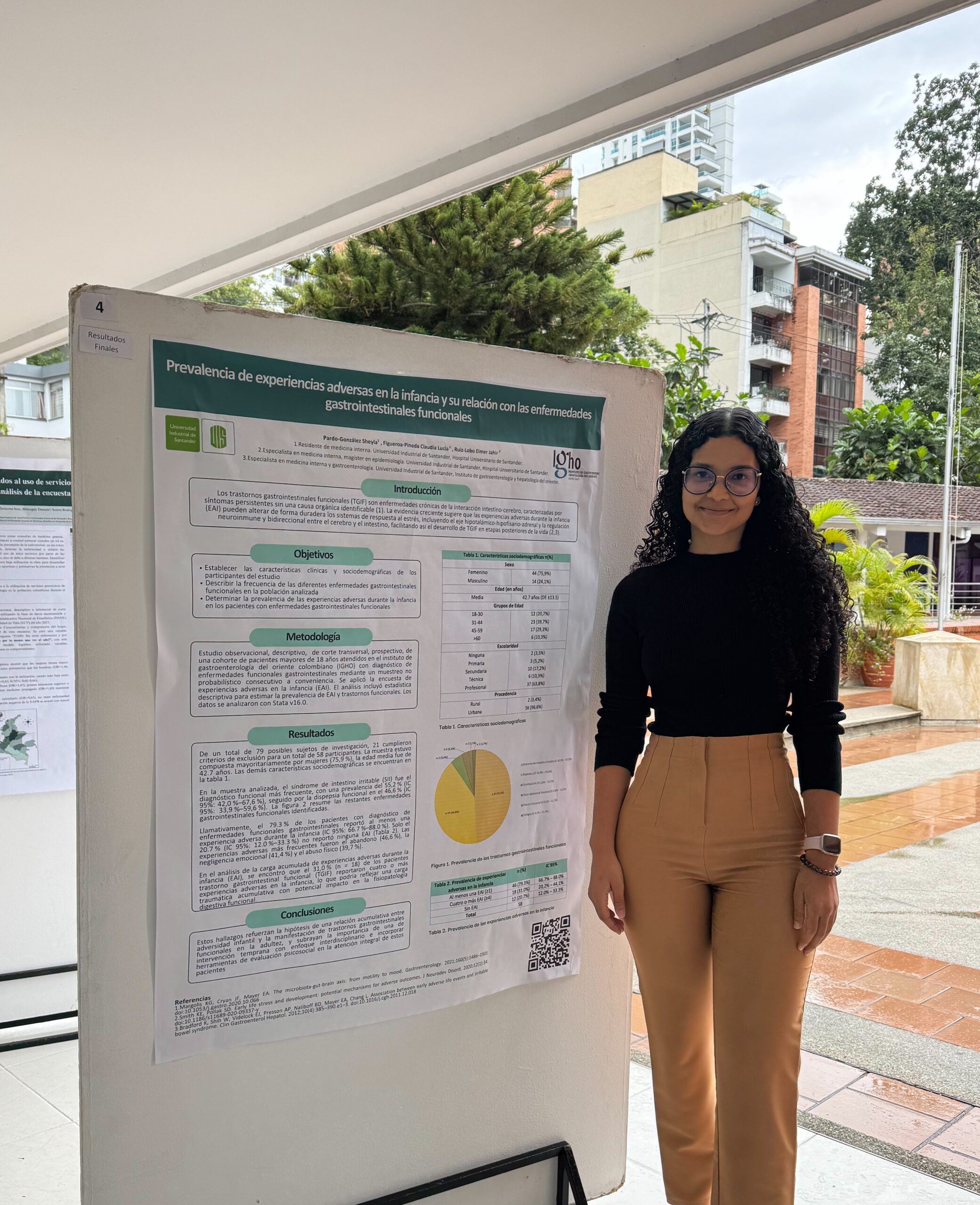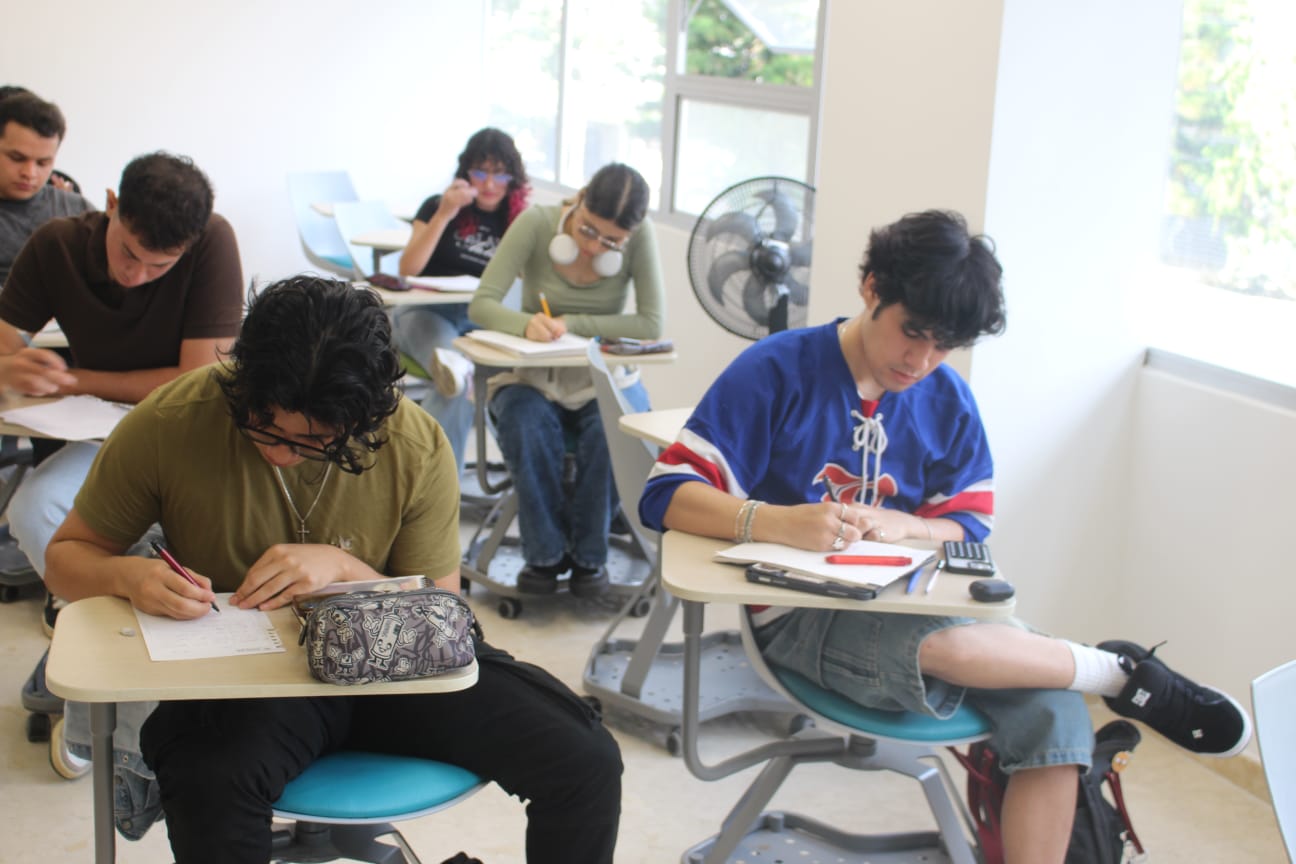
Cutaneous Leishmaniasis represents a major public health problem in the region. Martha Lucía Díaz, Ph.D., professor at the School of Microbiology, formulated and executed a UIS research project on “Cutaneous Leishmaniasis”.
This disease caused by a parasite of the genus leishmania, affects the skin in the most exposed areas. The disease is transmitted by an insect vector of the genus Lutzomyia. According to the epidemiological report of the department, there are between 300 to 400 cases per year in Santander.
The different species of the parasite can influence the clinical manifestation and response to treatment, with different levels of speed. For this reason, molecular diagnosis is a fundamental tool to determine the infection.
The situation of Paula Murillo, a resident of the municipality of Lebrija and a third semester student of Geology, is the true story of a patient who suffered for months the consequences of undiagnosed cutaneous leishmaniasis. Her testimony reveals the difficulties in accessing medical confirmation and how a molecular test performed at the Central Research Laboratory of the Industrial University of Santander (UIS) marked a turning point by accurately detecting the causative parasite.
“I started to feel bad, I had red spots, outbreak, they all came out at the same time, inflammation in feet and legs, pain when walking, bleeding. My classmates, seeing me sick, suggested that I go to the UIS infirmary, and there when they saw the lesions, they referred me to the laboratory because they suspected it was Leishmaniasis. After a week of being diagnosed at the LCI- UIS, they gave me the results, I was hospitalized and the information was sent to the Ministry. It was two injections a day for a month. The hospital went to my house in Lebrija,” Paula said.
Molecular diagnosis of cutaneous leishmaniasis is mainly performed using nucleic acid amplification techniques, such as PCR (polymerase chain reaction), to detect the DNA of the Leishmania parasite in tissue samples from lesions. These techniques are more sensitive and specific than conventional methods such as microscopic observation of parasites in skin samples.
One of the main results of this research is the collaborative work between the UIS and the Santander Health Secretariat, which unites science, technology and public health to provide real solutions to the community.
The main prevention measure is to avoid the bite of the vector, with the use of repellent, mosquito nets and clothing that covers the skin. Also, some measures such as avoiding plant debris, accumulation of debris, and stagnant water, interrupt the life cycle in the breeding sites.







